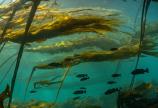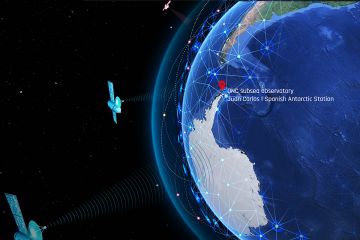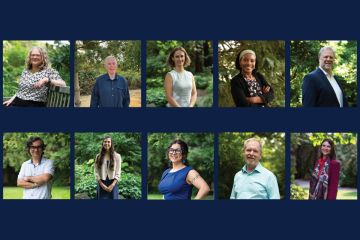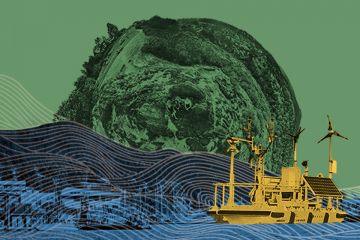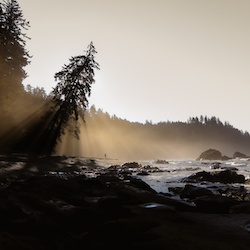Conserving rockfish
- Richard Dal Monte
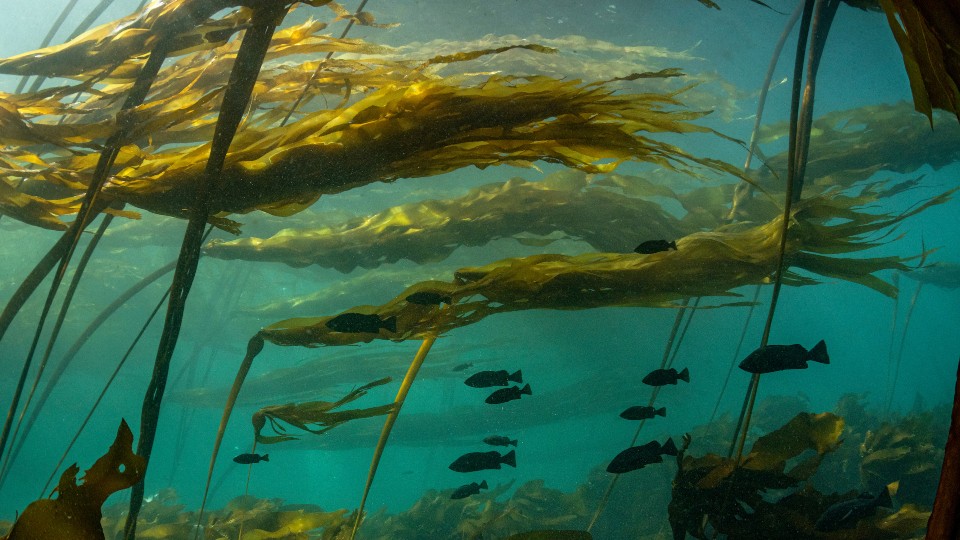
Rockfish are homebodies. The 37 species that swim in the waters off British Columbia’s coast never stray far from the underwater rock piles or reefs that give them their name. They also live long lives, with some, such as the yelloweye rockfish, lasting upwards of 120 years and others living 200 years or more.
While these characteristics might be commendable in humans, they cause the rockfish—the quillback, copper, china and tiger rockfishes are other species that swim in BC waters—to be more susceptible to overfishing, usually by hook and line gear.
But Natalie Ban, a University of Victoria researcher and professor of environmental studies, is working on an almost decade-long project involving the rockfish in a protected area off Galiano Island that may provide lessons to help safeguard a variety of threatened fish species in diverse coastal areas.
Working with non-profit and business partners as well as Fisheries and Oceans Canada, Ban and UVic students and colleagues have been examining the issue since 2013. Their research has included studying footage from remote trail cameras overlooking the waters of Galiano, interviewing recreational fishers to learn their perspectives on rockfish conservation and the rules and boundaries associated with rockfish conservation areas (where “inshore rockfish are protected from all mortality associated with recreational and commercial fisheries”).
As well, they partnered with the Galiano Conservancy Association, which hosted educational booths at community events on Galiano and other islands.
“One of the key problems with any area that’s protected or has specific regulations associated with it is that they’re only as good as the compliance with the intention of that area. So, if you have something like a rockfish conservation area, if people don’t know about it, it’s not going to be effective. The lines on the map are not effective unless people know about them.”
—Natalie Ban, University of Victoria researcher and professor of environmental studies
Educational outreach
The flip side is that lack of education, even temporarily, has demonstrable effects on the rockfish population. During the last two years of the pandemic, as festivals and community events were cancelled, she says, the Galiano Conservancy Association had to shelve most of its outreach. The result? “Our lovely good-news story has turned into alarm bells. Non-compliance is way up.”
But a private-sector research partner is helping. Angler’s Atlas, an online resource for recreational fishers, incorporated the boundaries of rockfish conservation areas into its MyCatch smartphone app so that its users get an alert when they’ve strayed inside those boundaries.
“It’s making it much easier for people to abide by the rules. That really was badly needed,” Ban says, noting, “It’s easy to fish out a rock pile, or to fish out a reef if there’s enough people. People taking one or two [fish] each, it doesn’t take much pressure to be able to fish it out.”
Ban’s work goes beyond rockfish and Galiano Island, though, while directly addressing the United Nations Sustainable Development Goals 13 to 15 (climate action, life below water and life on land) as well as, crucially, number 17—partnerships for the goals. Read more here about the UVic’s 2022 SDG rankings.
“We’re showcasing how academia and, in this case, not-for-profit organization and private sector organizations, can partner to work together effectively and monitor some of the effects of those outreach programs.”
Cooperation and co-creation are key aspects of Ban’s research. “That’s really what drives me… and the same with my students. We really want to effect change and to use our privilege within the university system to do work that’s more widely applicable than just scientific publications.
“There’s so much expertise and valuable knowledge beyond academia that really need to be recognized. Together, we can do more than we can do on our own.”
—Natalie Ban, University of Victoria researcher and professor of environmental studies
Read more about UVic's commitment to meeting Sustainable Development Goals.
- Related: Rockfish conservation efforts at Hakai Magazine
Photos
In this story
Keywords: sustainable impact, life below water, community, Indigenous, sustainability
People: Natalie Ban

